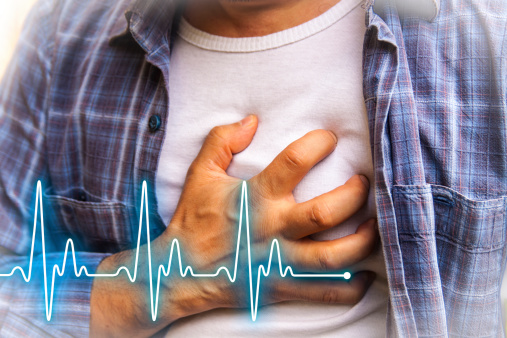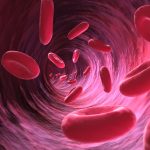Is there a difference between heart attack and cardiac arrest?
People are frequently puzzled by these two terms because they are sometimes used interchangeably. A heart attack, however, is not the same as cardiac arrest. Yes, they are different. A heart attack is a circulation problem while cardiac arrest is an electrical problem!
Heart attack.
A heart attack is a life-threatening medical emergency which occurs when an area of the heart muscle isn’t getting enough blood as a result of a blocked artery. The heart cells supplied by that artery begin to die if the artery isn’t reopened to restore blood flow. The heart muscle suffers more damage the longer it goes without treatment to restore blood flow. A heart attack is also known as myocardial infarction, or MI.
Symptoms include:
- Chest pain – a feeling of pressure, heaviness, tightness or squeezing across your chest.
- Pain in other parts of the body – it can feel as if the pain is spreading from your chest to your arms (usually the left arm, but it can affect both arms), jaw, neck, back and tummy.
- Difficulty in breathing.
- Sweating.
- Nausea.
- Feeling lightheaded or dizzy.

Cardiac arrest.
Cardiac arrest, on the other hand, is most typically caused by an electrical issue that causes the heart to stop beating suddenly and unexpectedly. An electrical misfire causes the heart’s lower chambers (ventricles) to flutter or quiver, something known as ventricular fibrillation (v-fib). During cardiac arrest, a person collapses or faints unexpectedly, ceases breathing properly, and is unable to be roused.
Other symptoms can include:
- Irregular, odd gasping or choking sounds (known as agonal breathing).
- Twitching muscles.
Because cardiac arrest and coronary artery disease (the fundamental cause of heart attacks) are so closely linked, the underlying risks are basically the same.
These include:
- Smoking
- Diabetes
- High cholesterol
- Physical inactivity
- Obesity
- High blood pressure
- Family history of early heart disease
Other heart diseases that can lead to cardiac arrest include weak heart muscle (cardiomyopathy), heart valve abnormalities, and inherited heart electrical system conditions such as long QT syndrome. Some drug usage, such as cocaine or amphetamines, or overdose on opioids or other pain medications, raises the risk of addiction.
Finally, especially in those who are out of shape, the risk of cardiac arrest increases somewhat during and for up to 30 minutes following intensive exercise. However, the chances are one in 1.5 million during any given exercise session, which are considerably exceeded by the total heart-protective advantages of exercise.
Sources: NHS




